- Newest
- Most viewed
Interested in a Link Placement?

15 Best Fitness Apps for Weight Loss
We ranked the best fitness apps for weight loss based on real fat loss results, ease of use, and consistency. Free and paid options included.
Work Wellness | Dec 31, 2025 304 views

Feng Shui 2026 for Office and Home Office Setup
Workplace Inspiration | Dec 30, 2025 540 views
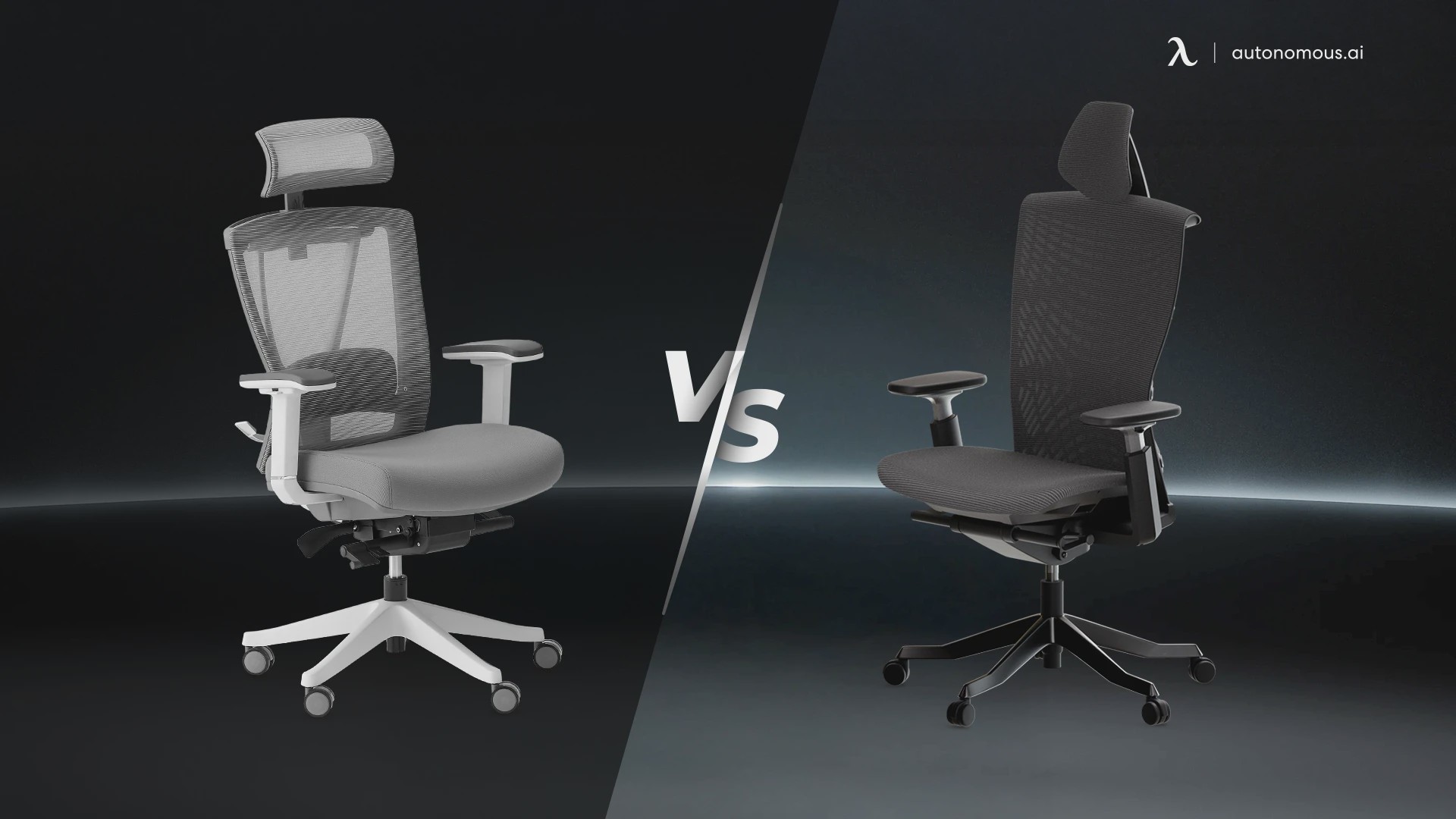
ErgoChair Pro vs Ultra 2: Which One Is Right for You?
Smart Products | Dec 28, 2025 486 views

Lunar New Year 2026 Zodiac - The Year of the Fire Horse
Latest Updates | Dec 29, 2025 585 views

15 Best New Year Gift Ideas for Mom
Latest Updates | Dec 26, 2025 782 views

11 New Year Gifts for Wife to Start the Year Together
Latest Updates | Dec 26, 2025 892 views
.webp)
Autonomous ErgoChair Pro vs Secretlab TITAN: Full Comparison
Smart Products | Dec 25, 2025 626 views
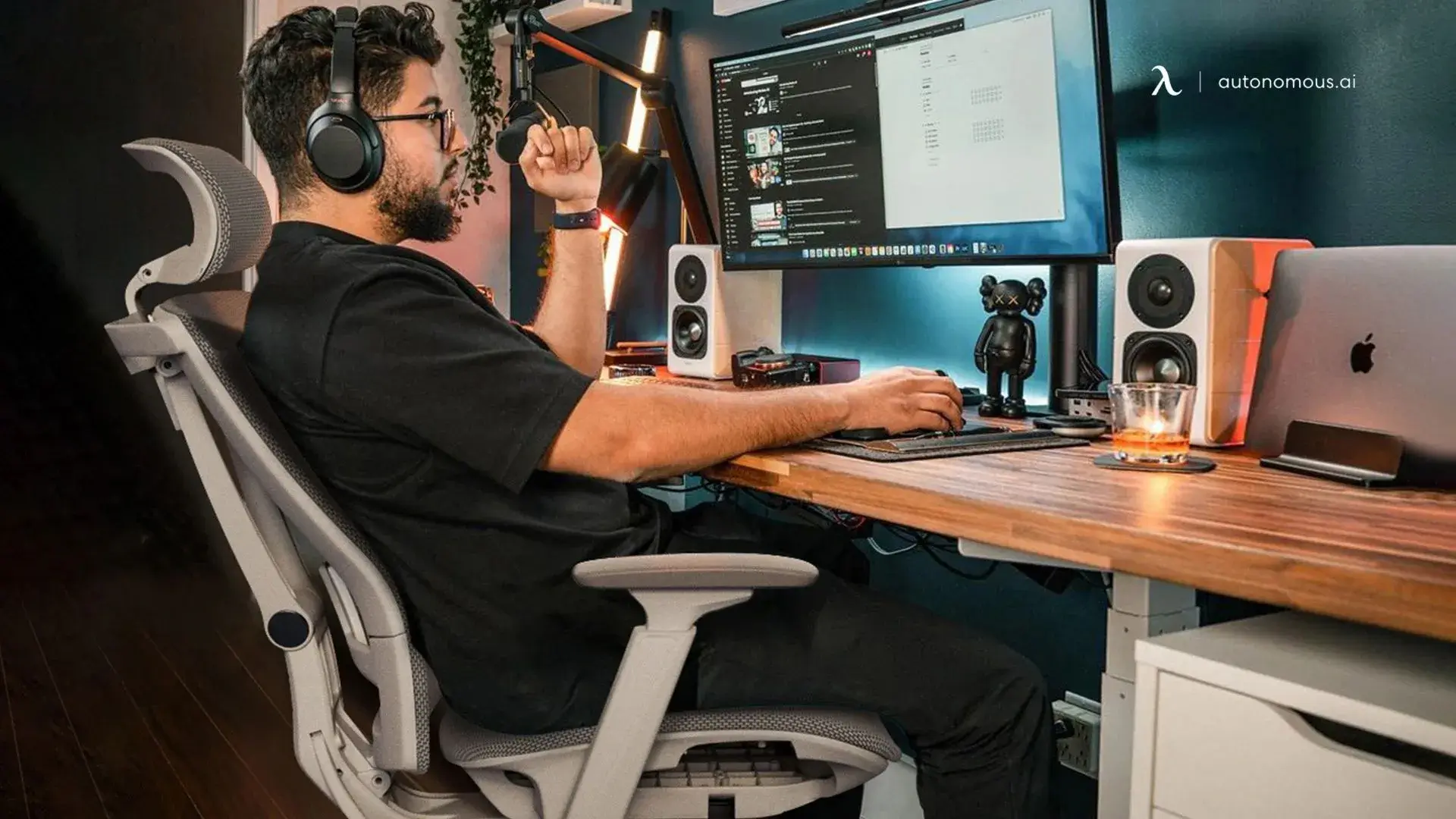
10 Best New Year Gift Ideas for Your Husband
Latest Updates | Dec 25, 2025 494 views
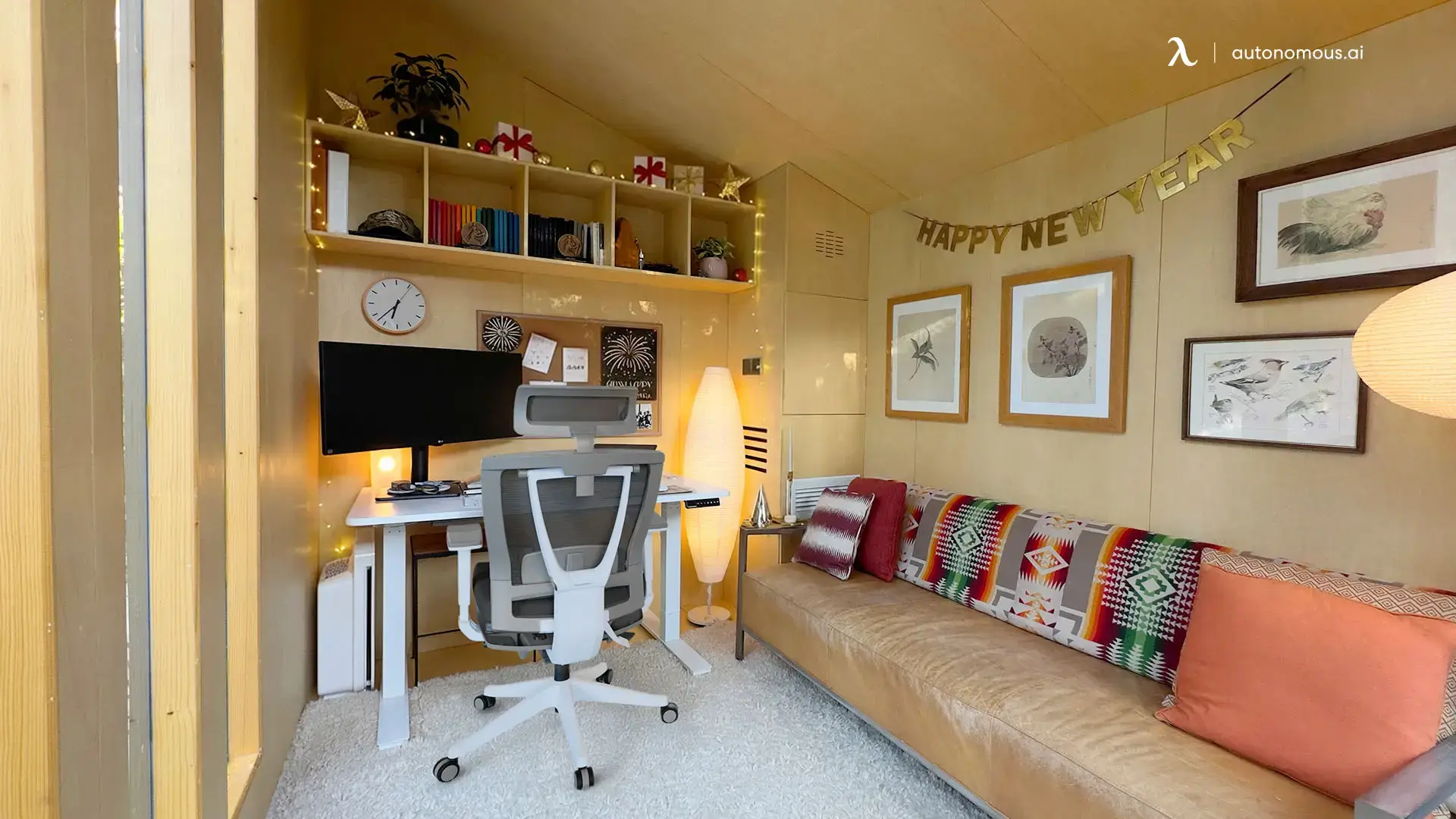
10 DIY New Year Gift Ideas That Feel Thoughtful
Latest Updates | Dec 25, 2025 945 views
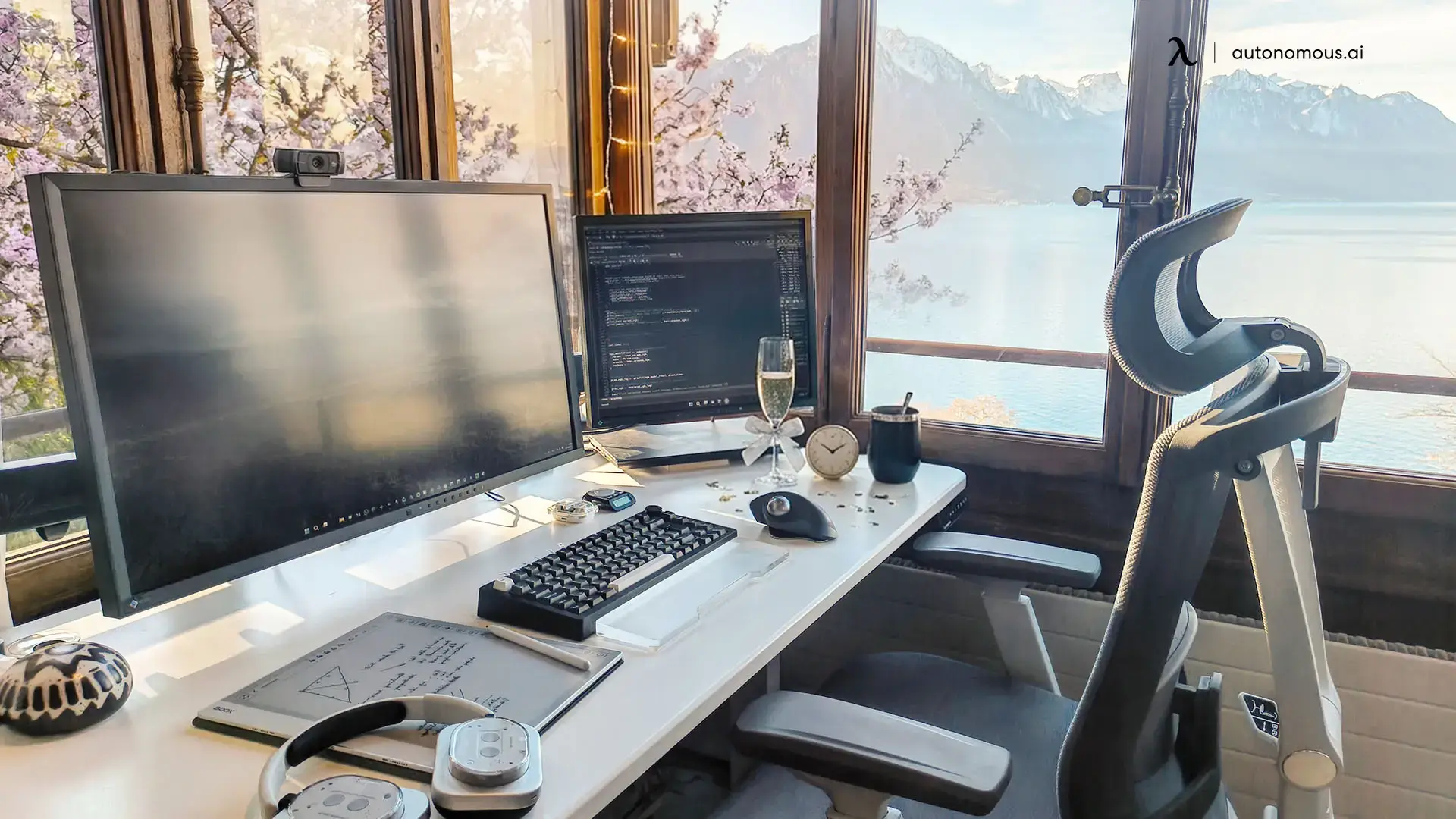
How to Celebrate New Year in the Office
Latest Updates | Dec 24, 2025 595 views

15 Thoughtful New Year Gifts for Coworkers That Feel Right
Latest Updates | Dec 23, 2025 398 views
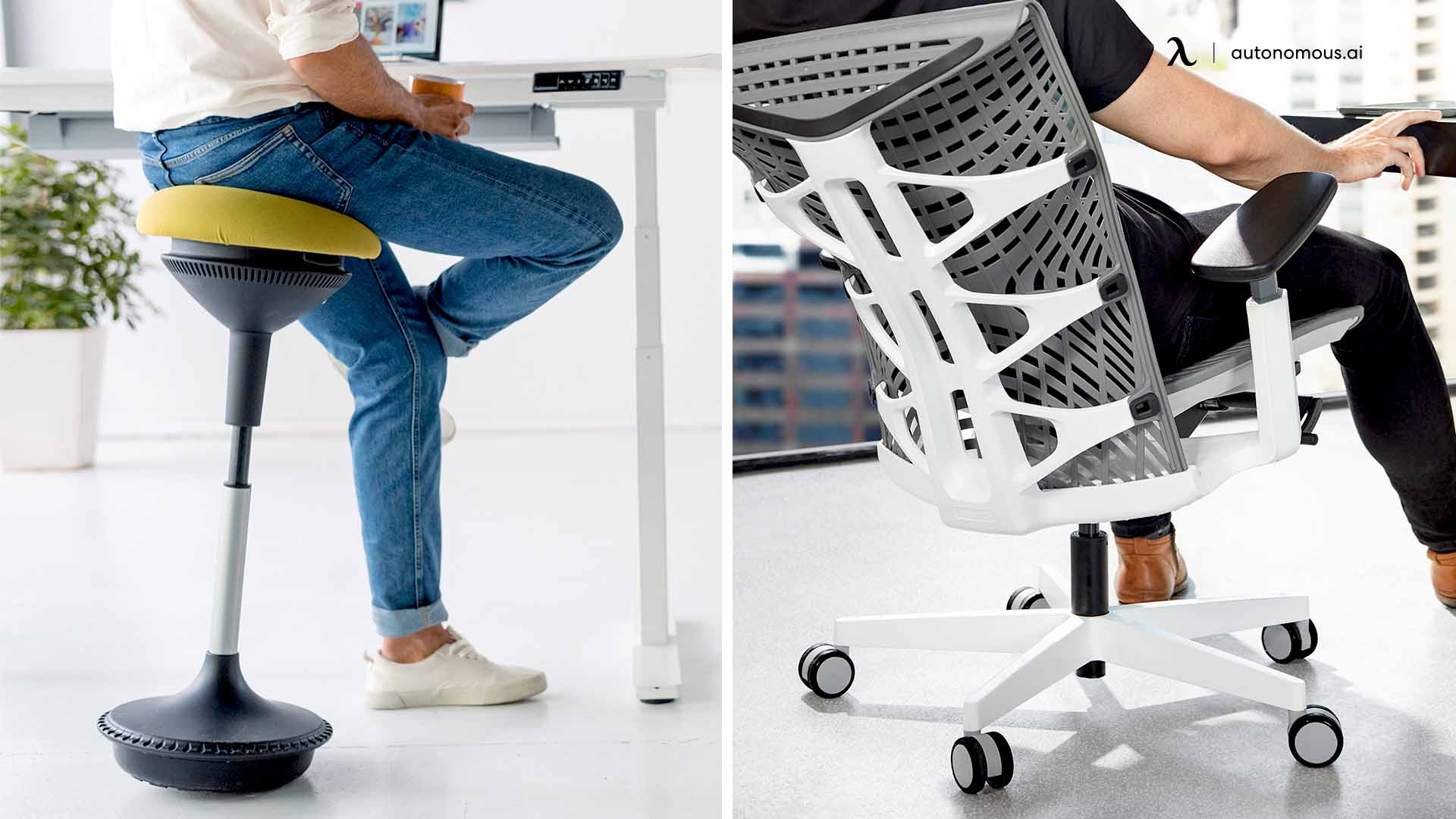
Chair Bands for ADHD: Do They Really Work?
Latest Updates | Dec 22, 2025 346 views
.svg)
